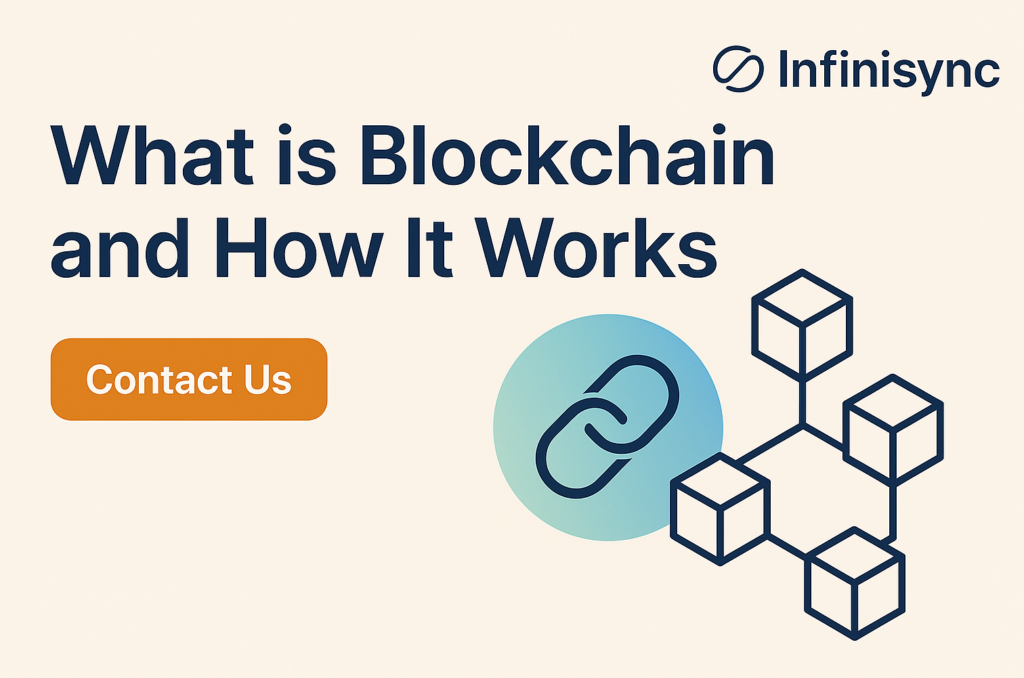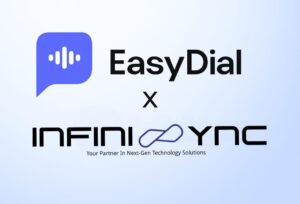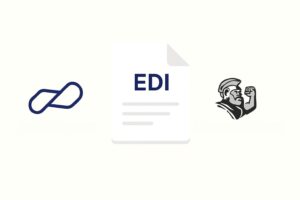
Introduction
In today’s digital-first world, blockchain is more than a buzzword—it’s a transformative technology that is driving innovation across industries. At Infinisync, your trusted partner for AI, blockchain, and team scaling, we empower businesses to leverage next-gen technologies for sustainable and scalable growth. In this blog, you’ll learn what blockchain is, how it works, and why it’s essential to your business. We’ll also use simple examples and expert-backed insights to make things easy to understand.
What is Blockchain?
Blockchain is a decentralized and distributed digital ledger that records transactions across multiple computers. Unlike traditional databases, blockchain ensures each entry is time-stamped, encrypted, and linked to the previous entry, thereby forming a secure data chain.
Key Characteristics of Blockchain:
- Decentralized: There is no single point of control.
- Immutable: Data cannot be changed retroactively.
- Transparent: All transactions are visible to permitted users.
Moreover, blockchain increases trust, reduces operational friction, and eliminates the need for intermediaries, making processes more efficient.
How Does Blockchain Work?
Here’s a simplified breakdown of how blockchain functions:
- Transaction Initiation: A user begins a transaction.
- Block Formation: The system groups the transaction into a block along with others.
- Validation: Network nodes verify the block using consensus methods like Proof of Work.
- Block Addition: Once verified, the block is added to the existing chain.
- Completion: The transaction is recorded permanently and can be audited at any time.
Because of this decentralized verification method, blockchain ensures trust without requiring a central authority.
Real-World Example: Blockchain in the Coffee Supply Chain
Let’s say a premium coffee brand wants to prove the ethical sourcing of its beans:
- Farmers input data on the harvest location and time.
- Distributors log transport conditions and timing.
- Retailers mark arrival and stocking.
All of these entries become blocks in the blockchain. As a result, customers can scan a QR code and trace the journey of their coffee. This increases brand trust and transparency. At Infinisync, we can help implement such blockchain systems with ease.
Blockchain Use Cases
At Infinisync, we apply blockchain solutions to several domains:
- Supply Chain Management: Ensures product authenticity and logistics tracking.
- Financial Services: Enables fast, secure, and transparent transactions.
- Healthcare: Protects patient data and facilitates consent-based sharing.
- Legal: Automates processes using smart contracts.
To learn more, explore our Blockchain Development Services.
Blockchain Facts You Should Know
- Blockchain was invented in 2008 to support Bitcoin.
- Ethereum introduced smart contracts in 2015.
- 80% of global banks are experimenting with blockchain technology.
- Although not hack-proof, blockchain is far more secure than centralized alternatives.
These facts highlight how blockchain is increasingly becoming essential in today’s digital ecosystem.
Why Choose Infinisync?
We don’t just follow trends—we implement future-proof solutions. Infinisync helps businesses unlock value with:
- Customized blockchain architectures tailored to your needs
- Full-service development and consulting
- Seamless integration with CRMs, ERPs, and data platforms
- Ongoing support and performance optimization
Check out how Infinisync leverages AI + Blockchain to drive enterprise innovation.
Final Thoughts
Blockchain is changing how industries operate. It’s more than technology—it’s a strategy for transparency, security, and efficiency. Therefore, it makes sense to partner with Infinisync, your trusted ally for AI, blockchain, and team scaling, and future-proof your business today.
Have questions or ready to get started? Contact us or visit our website to request your free consultation.





